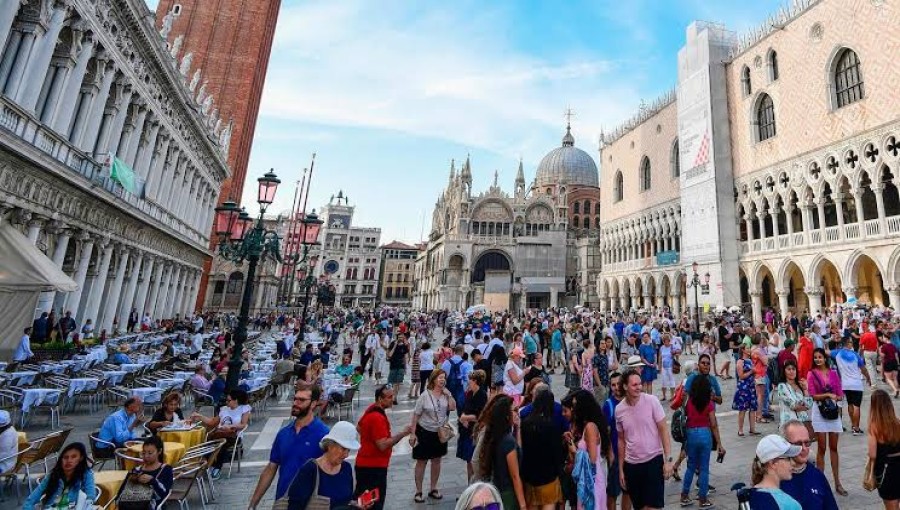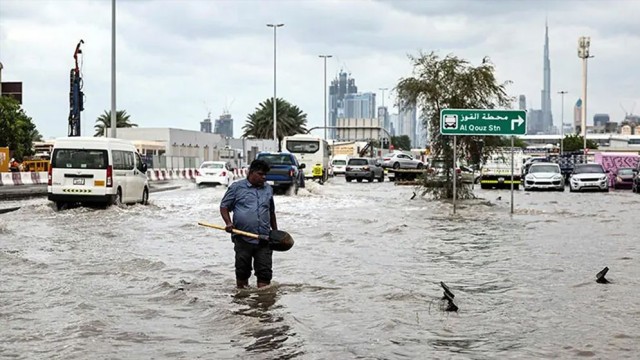While many destinations strive to attract more visitors, the Italian city of Venice is taking steps to reduce tourism pressure. This move aims to mitigate the negative impacts of over-tourism on the city's environment and residents, despite tourism's significant role in the local economy.
Venice, renowned for its picturesque canals and historic architecture, attracts millions of tourists annually. However, this influx has led to various issues for the city's inhabitants. To protect the environment, Venice now charges an entry fee and limits the size of tour groups.
The city spans just 415 square kilometers, making it challenging for local authorities to manage the high volume of tourists. In 2019 alone, over 1.3 million visitors were recorded, a number expected to rise further.
To address these concerns, new regulations have been introduced. From this month, tour groups exceeding 25 people are banned, and the use of loudspeakers is prohibited. These measures have provided some relief to residents, who hope these efforts will help preserve Venice.
One resident expressed optimism, stating, "Hopefully, this walk will be effective in saving Venice." Another resident highlighted the adverse effects of tourism on health and the environment, noting that the city's residents are bearing the brunt of these challenges.
Starting this year, Venice has implemented a €5 entrance fee to manage the tourist flow. The city faces threats from both climate change and excessive tourism, prompting UNESCO experts last year to warn that Venice might be added to the list of the world's endangered heritage sites.
These measures reflect Venice's commitment to balancing the preservation of its cultural and natural beauty with the demands of its tourism industry.































Comment: